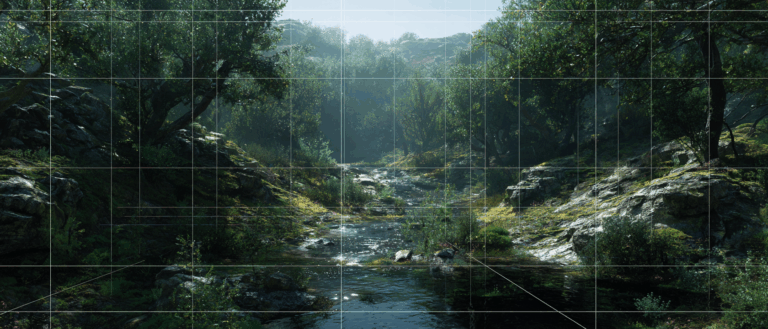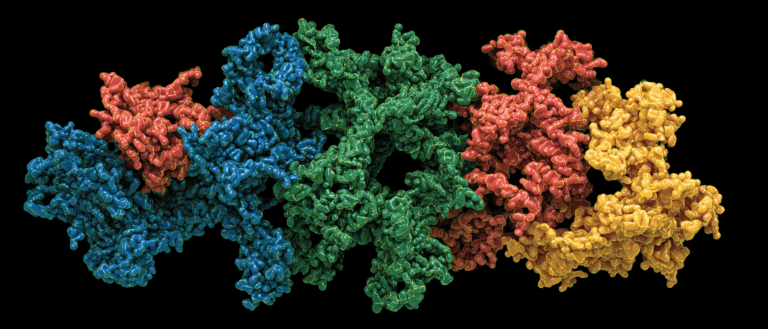Japan Restarts Commercial Whaling, Technology Wants to Save Them

Japan resumed commercial whaling this year, the first time in more than 30 years after being restricted by international conventions. Recently, Japan's whaling team completed its first voyage, killing 233 whales. Behind this incident, it seems to foreshadow the tragic fate of whales. How to effectively protect whales and prevent them from becoming endangered? What role can AI technology play in this field?
Starting in September, the coastal town of Taiji, Japan, began its annual whaling season, marking the first time Japan has resumed commercial whaling in more than 30 years.

In order to protect whales from excessive hunting, the International Whaling Commission was established in 1948. Japan joined in 1951. In 1986, the Commission passed Global Ban on Whaling, prohibiting contracting parties from engaging in commercial whaling.
Japan, which has a long history of whaling, has repeatedly tested the edge of the convention. In December 2018, Japan announced its withdrawal from the organization. According to the regulations, after June 30 this year, they will no longer be restricted by the convention.
According to recent reports, they killed 233 whales and captured 1,430 tons of whale meat in their first voyage after restarting commercial whaling... Behind the shocking figures, one can't help but think of the bloody scene in the documentary "The Cove".

Although whales are the largest animals in the ocean, they are still fragile and insignificant in the competition with hunters. Because of the use value of whale meat, fat, skin, and various organs to humans, in the face of interests, the huge bodies are nothing more than commodities.
Large-scale hunting by humans has once put many species of whales on the brink of extinction. In order to allow this huge but fragile creature to travel freely in the sea, a variety of technical methods have been used, and AI technology is also making some contributions in this regard.
It is difficult to fully count the number and population of whales. In addition, their living habits and migration patterns are also a difficulty in research. However, with the application of multiple AI technologies, these problems are being solved one by one.
Spanish scholars: Using CNN for population statistics
Whales in the oceanAccurate statistics of numbers and populations,It will help scientists to study whales and further protect them.
But how to identify and count whales in the vast ocean is a big challenge. So some researchers began to useSatellite and aerial imagery, with the help of deep learning and other technologies,Conducting statistical research on whales near the ocean surface.
In a recent article published in the journal Science Report, a group of scientists from Spain did just that.Convolutional Neural Networks (CNNs)The model built can effectively help identify and determine the population and number of whales.

To identify whales in aerial or satellite images, one needs to overcome multiple difficulties, such as the lack of data sets, confounding factors such as ships, rocks, and foam, the whales' behavior and posture on the water, and interference caused by clouds, light, water quality, etc.
In this study, scientists designed a two-step deep learning model based on CNN. The first CNN Find input images with presence of whales, and exclude interference from ships, rocks, etc.; the second CNN Locate and count each whale in these images.

In order to enable the system to accurately identify whales, they used open data such as Google Earth, Arkive, NOAA photo library, etc. to build annotated high-quality data sets. Satellite and aerial images of different resolutions were also used for the purpose of detecting the presence of whales, counting the number of whales, and testing and verifying the entire process.
The article also usesTransfer Learning and Data Augmentation, to improve the efficiency of CNN training and increase the robustness and generalization ability of CNN.
The first step is to build an image classification model.Built using the latest version of the GoogleNet Inception v3 CNN architecture,It was pre-trained on ImageNet and was ultimately able to quickly identify whales in images and exclude debris that might be misidentified.
The second step is the whale counting model.Faster R-CNN based on Inception-Resnet v2 CNN architecture was used.Pre-trained on the COCO dataset, the model analyzes only those cells that have a high probability of containing a whale, locates each whale in a bounding box, and outputs the count of individuals.
In the proof-of-concept, the model analyzed 10 whale hotspots around the world represented by 13,348 grid cells using a 71×71 m sliding window (about twice the size of a blue whale) and output the probability of detecting a whale in each cell.

The final results showed that the system was able to detect and count whales in a test of Google Earth imagery at 10 whale watching hotspots.Their performance (F1 measure) is 81% and 94% respectively,Compared with the baseline detection model alone,This model improved accuracy by 36%.
Google: Using voiceprint recognition to understand behavioral habits
In addition to the perspective of satellite images, machine learning also has some unique ways to protect whales in terms of voiceprint analysis.
The calls of whales can be transmitted hundreds of kilometers underwater, and different sounds also contain different information, so as to communicate with distant partners. Google recorded the "singing" of these whales through underwater collection equipment.
In the "AI for social good" project launched by Google, there is a study on protecting humpback whales. Google researchers and marine whale experts,A "monitoring network" of underwater sounds was established, using machine learning to track whale movements through their voiceprints.

But for the vast underwater world, the sound information it contains is also extremely diverse. While recording the whale's sound, a lot of noise is also accumulated.
Google has developed some algorithmic models that can filter out this information from the huge amount of recording data.Using voiceprint information analysis to identify whale calls,And further established a deep neural network,Automatically identify whale species in recordings.
By converting the monitored sounds into spectrograms, and then finding specific whale voiceprints from these spectrograms, they recently launched this achievement in the form of a website tool, which can be used to visualize seabed audio on a large scale and discover the details of seabed sounds.

The model used by Google in this study is ResNet-50 , by usingSupervised Learning, trained with labeled data: the algorithm is shown examples of labeled sounds (i.e., this is a humpback whale, this is not a humpback whale) using spectrograms. The more examples the algorithm learns from, the better it gets at recognizing these sounds. Eventually, the model can determine whether some clips contain the following: More than 90% precision and 90% recallHumpback whales exist.

Through these methods, it is possible to monitor changes in the habits of humpback whales that are consistent with reality. For example, humpback whale populations stay near Alaska in the summer and migrate to the Hawaiian Islands for breeding and giving birth in the winter.
This research could help us understand thebehavior and migration patterns,So as to provide support for subsequent strategies to protect whales.
Technology for good, may whales never become extinct
The earliest whales appeared about 50 million years ago. This species, which survived tenaciously under the laws of nature, became the largest animal in the world after a long evolution process.
Humans began commercial whaling hundreds of years ago. In the 20th century, as the whaling industry prospered, whales were hunted on a large scale, and many whales became endangered. To date, dozens of whale species have become completely extinct. In 1961, the craziest year, during one whaling season,As many as 66,000 whales were killed.
With increasingly advanced whaling tools, even the largest whales cannot resist human greed.
Fortunately, we are also seeing more and more technologies and teams working hard to protect whales. I hope that more such technologies can emerge so that our descendants will not only see whales in historical records.

-- over--








